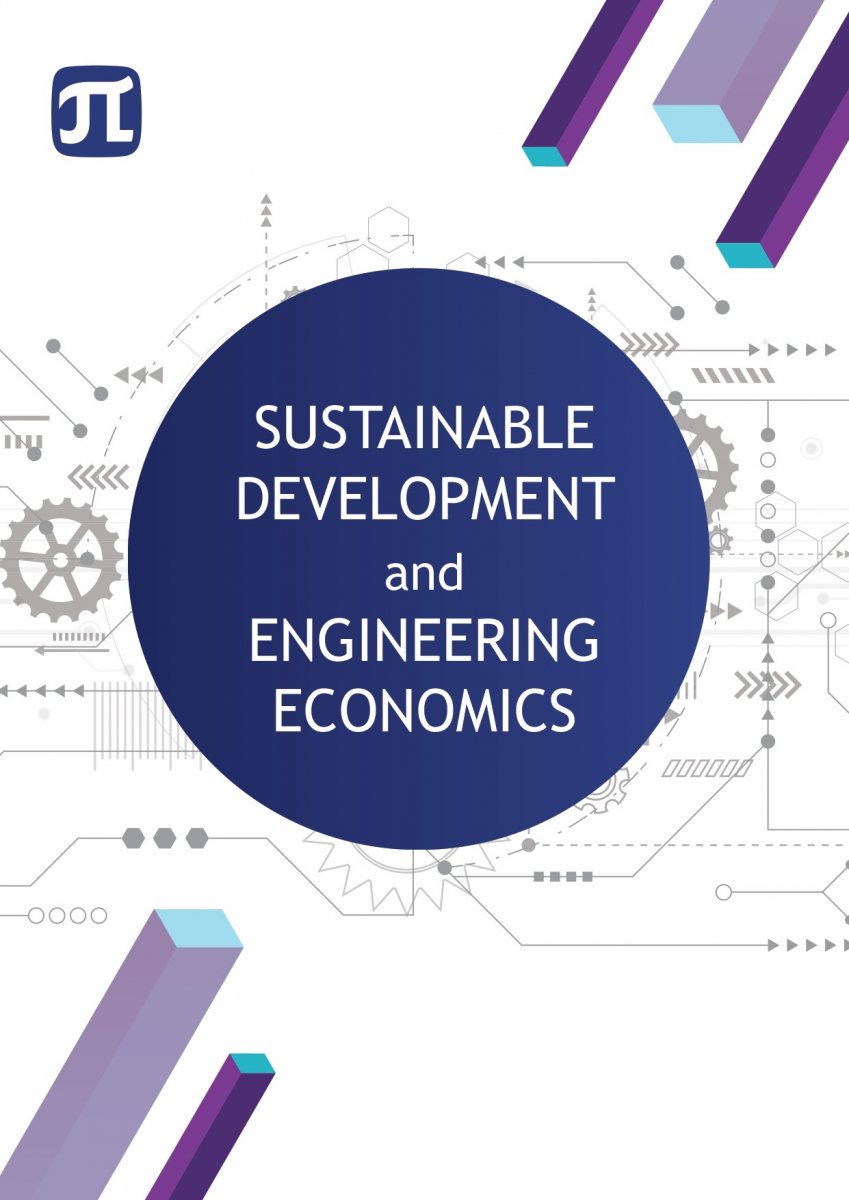TOTAL RETURN AND TOTAL RETURN FOR ALL SHAREHOLDERS: DIFFERENCES OF SUSTAINABLY DEVELOPING COMPANIES IN THE S&P100
The purpose of the study is to discover which indicators should be directed to shareholders who can reinvest dividends to acquire additional shares, buy back shares and increase their capital. To solve this problem, a method of comparing indicators, such as Total Return (TR) and Total Return for All Shareholders (TRAS), is used. TR, also called ‘return including dividends’ and ‘Total Index Return’, provides the theoretical return of a share – assuming that dividends are reinvested to purchase additional shares. TRAS is the return that all the shareholders of a company have in a given period. It is also the return of a shareholder that always had a constant proportion (i.e. 0.1%) of the shares. It takes into account not only the dividends but also the share repurchases and the capital increases. We calculated both returns for the S&P100 companies during December 2004–April 2020. For 18 companies, annual TR exceeded annual TRAS in more than 1% (i.e. Blackrock 3.9%, Microsoft 2%). For 19 companies, annual TRAS exceeded annual TR in more than 1% (i.e. Citigroup 7.8%, Altria 5.4%). Most databases provide TR valid for a shareholder that reinvested 100% of the dividends, did not sell any share in repurchases and did not subscribe any new share when the company increased capital.


